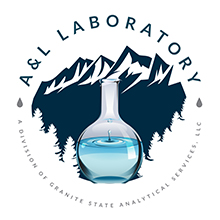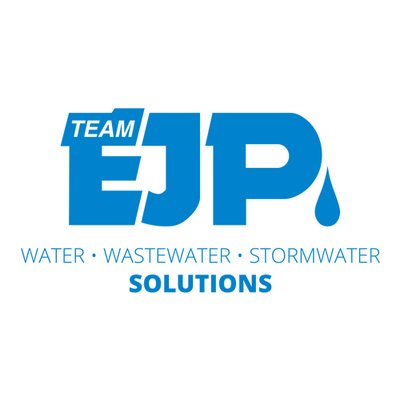Safety CommitteeTo keep the MEWEA membership updated on current and proposed Federal and State laws and 1. Develops a committee and schedule meetings. 2. Develops relations with other safety organizations. a. Maine Bureau of Labor Standards 3. Submits articles to the MEWEA Newsletter. If you have questions about the Safety Committee, please contact the committee chair. A current listing of committee chairs can be found here: Executive Committee and Committee Chairperson Public Sector Compliance Directives describe how the Bureau of Labor Standards will enforce the occupational safety and health standards in Maine public sector workplaces. Compliance Directive No. 12-15 – Maine Department of Labor outlines the key items that a water or wastewater plant should be in compliance with and what might be looked at in an inspection. The program Director for SafetyWorks! is Mike LaPlante 623-7921 (direct line), email: [email protected]. The SafetyWorks! general email address is: [email protected] To request training for your facility by SafetyWorks! fill out their online request by clicking here Forms for Recording Work-Related Injuries and Illnesses Below are three basic electric safety presentations given by Adele L. Cifelli (207-623-7908), OHST from the Workplace Safety & Health Division. Maine Department of Labor. Presentation: Electrical Incident
The U.S. Centers for Disease Control and Prevention (CDC) recommends disposal of Ebola related waste to public wastewater systems (see below). The CDC does not have guidance for wastewater operations specialists and employees related specifically to Ebola. The CDC and the World Health Organization conclude that Ebola is not a foodborne, waterborne or airborne illness, it is transmitted through direct contact with infected bodily fluids and Ebola infected cells don’t live long in water because the cells do not have the same salt concentration as bodily fluids. On October 13, 2014, the CDC indicated it is reconsidering its approach to decontamination and equipment procedures for all health workers (see article below). NRWA is in contact with the CDC and the U.S. EPA regarding any additional guidance for wastewater or drinking water employees, and will be distributing all related guidance.
USAPHC’s guidance, Ebola Virus Disease Waste Management in the Medical Treatment Facility (DOC), was issued to assure safe collection, removal, transport and disposal of Ebola Virus Disease (EVD) waste from all medical treatment facilities (MTFs) in a manner that is safe to personnel and the environment and in compliance with all applicable regulations. USAPHC has also issued guidance for Decontamination of Equipment Used in the Area of Operations Impacted by Ebola Virus Disease (PDF). In response to inquires about the ability of Ebola to be spread in drinking water supplies, the National Rural Water Association <http://www.nrwa.org/> is distributing the following resources and information that conclude Ebola cannot spread through the drinking water supply.
(The following is from TPO Magazine, http://www.tpomag.com/online_exclusives/2014/10/ebola_information_released_for_water_and_wastewater_utilities#.VD0Zixp9EsE.wordpress) Can Ebola survive in wastewater? The Water Research Foundation releases a statement for water and wastewater utilities. Editor’s Update: According to an Oct. 17 WEF press release, the CDC is preparing guidance for wastewater sector workers. The guidance, “Interim Guidance for Workers Handling Untreated Sewage from Ebola Cases in the United State,” will address basic hygiene practices and personal protective equipment use and disposal actions that should be taken. The CDC states this review could be ready as early as late October. We will keep you updated as soon as we receive more information. As a few American have contracted the Ebola virus, concern has spread. One question raised recently by a TPO reader from Michigan: Are wastewater operators at risk? This week, we’ve been searching for authoritative answers for our readers, and on Oct. 7, the Water Research Foundation released the following statement:
Cited Sources: World Health Organization (WHO) Website |




